Abstract
Cryptocurrency and other blockchain technologies are computationally intensive. Current blockchain mining rigs rely on hundreds of dedicated ASICs that consume kilowatts of power for computation. Converters used to power the ASICs must be space- and power-efficient to maximize density and minimize heat generation. After a quick review of this new class of applications, we propose a two-phase buck converter with a coupled inductor as the ideal solution to power the ASICs.
Introduction
Blockchain technology is creating new markets and new applications. While cryptocurrency is still the dominant application, organizations like governments and industries around the globe have understood the value of this decentralized, incorruptible database that allows peers to conduct transactions without relinquishing control to an intermediary or accepting counterparty risk. Blockchain, especially applied to cryptocurrency or bitcoin mining, is computationally and power consumption intensive, requiring specialized computers like the ASIC mining rig shown in Figure 1. From a power management perspective, it is crucial to minimize power consumption in order to help the large mining pools that rely on crypto rigs to achieve efficiency below 40W per terahash (W/T). In this design solution, we review the state of this nascent market segment and propose a novel approach to powering an ASIC mining rig.
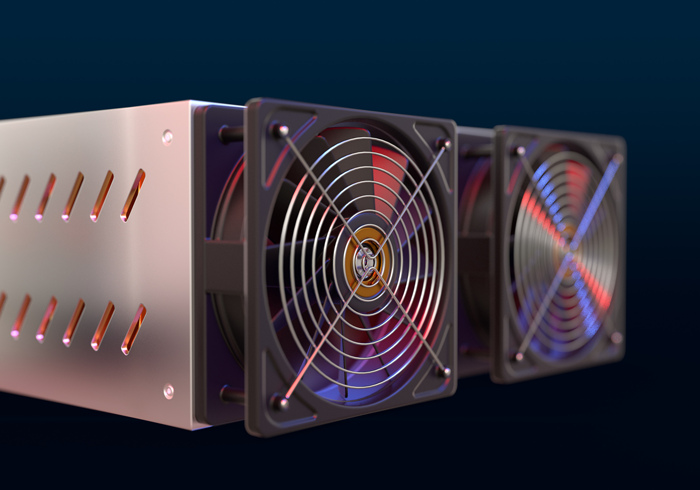
Figure 1. ASIC mining rig.
Blockchain
Blockchain as a secure distributed ledger technology, beyond cryptocurrency, enables a number of applications including IoT, supply chain management, healthcare, fundraising, etc. Their associated networks may have tens of thousands of nodes, each of which represents a potential entry point for hackers. With blockchain, a company can track security threats by assigning each node a unique key that allows it to immediately detect unusual behavior or hacker intrusions.
Cryptocurrency Mining
The current reliance of cryptocurrency on Proof-of-Work (PoW) for transaction validation has created concerns that this technology consumes too much power. Eventually, the move from PoW to Proof-of-Stake (PoS) should alleviate this concern and propel blockchain technology into the mainstream and beyond cryptocurrency mining. The graphic processing unit (GPU) has been the cryptocurrency mining workhorse for quite some time. This has affected both the availability and pricing of GPU hardware, especially since PC gamers and cryptocurrency miners have been battling for the same pool of graphics hardware. But as mining algorithms change and there is increased pressure for higher productivity in mining, specialized ASICs are taking the place of GPUs.
ASIC Mining Rig Power Tree
As an example, a 2.35kW ASIC mining rig has ninety 20A, 1.2V ASICs distributed on three motherboards. The power source derived from a 12V silver box and one of three motherboards is shown in Figure 2.
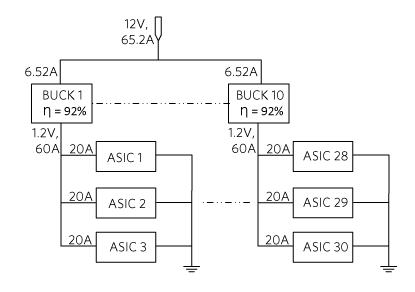
Figure 2. The power tree of one of three motherboards contained in the mining rig.
Each motherboard powers 30 ASICs with ten 60A, 1.2V buck converters, which each power three GPUs.
60A Two-Phase Interleaved Buck Converter with Coupled Inductor
For the 1.2V rail, which requires a peak current up to 60A, a two-phase interleaved synchronous buck converter with a coupled inductor is the best solution. The coupled inductor technology offers high performance and minimizes the number of input and output capacitors. In Figure 3, a 60A single-chip, two-phase, coupled-inductor solution is compared to a traditional ‘controller + 2 phase’ power stage with two discrete inductors. The coupled inductor solution shows up to 3x the space advantage in PCB size!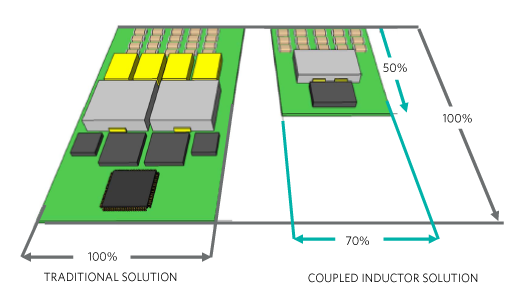 Figure 3. Two-phase interleaved buck converter with coupled inductor advantage illustration.
Figure 3. Two-phase interleaved buck converter with coupled inductor advantage illustration.
As an example, the IC shown in Figure 4 is a highly integrated two-phase buck converter. Using a fixed-frequency control scheme in conjunction with a coupled inductor, provides an extremely compact, fast, and accurate implementation for bitcoin mining applications.
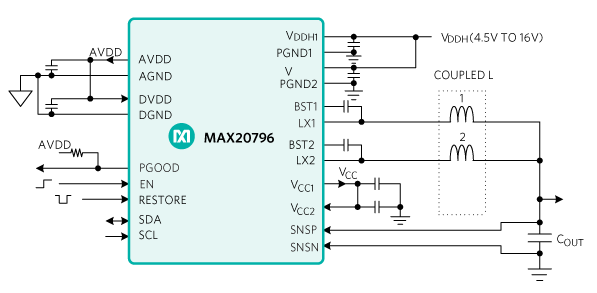 Figure 4. 60A two-phase interleaved buck converter with coupled inductor.
Figure 4. 60A two-phase interleaved buck converter with coupled inductor.
Key system parameters are configured by external resistors, including the selection of soft-start timing, output voltage, switching frequency, PMBus address, overcurrent trip point, and loop control parameters. The IC is offered in a 35-pin, 4mm × 10.5mm FC2QFN package, ideal for use in networking and communication end equipment.
Figure 5 shows the 60A implementation, which occupies a PCB size of only 17mm x 23mm (white rectangle).
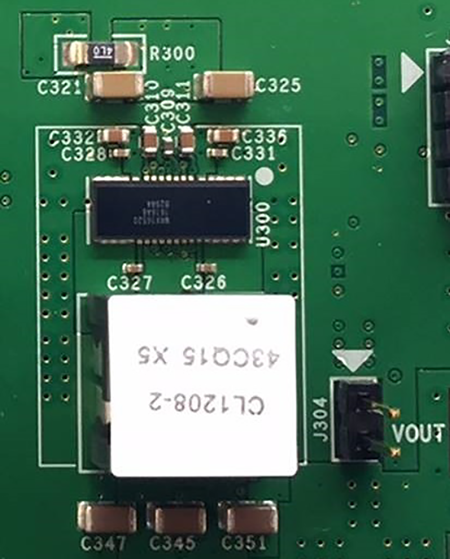
Figure 5. 60A two-phase coupled inductor buck converter PCB.
This solution has an outstanding 92% peak efficiency at 1.2V, with a 308kHz clock frequency and 12V input (Figure 6).
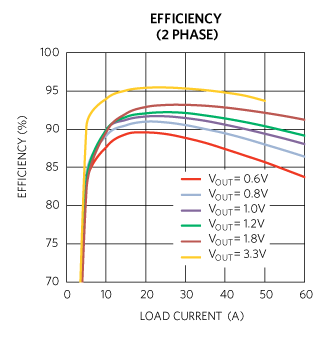
Figure 6. Two-phase coupled inductor buck converter efficiency.
The two-phase with coupled inductor technology takes integration and density to a new level. Outstanding efficiency in one-third the space allows a more compact ASIC mining rig design with lower power dissipation and lower heat generation.
Conclusion
Blockchain technology is opening up new computing markets and opportunities. Cryptocurrency is at the forefront of this technology but requires huge amounts of computing power provided by ASIC mining rigs. The buck converter that powers the ASICs has to be small and efficient to enable high-density mining rigs with minimum heat generation. In this design solution, you learned how a two-phase interleaved buck converter with a coupled inductor provides a highly efficient solution in one third the space compared to more traditional implementations.
Osial (Xuechun) Ou , Nazzareno Rossetti |Original link





